Can’t Decide Between In-house IT & Outsourced IT? Don’t Be Confused Anymore!
It’s usual for businesses to begin their journey with a small in-house IT department. At this initial stage, when the IT requirements may still be simple and basic due to a handful of users and limited scale of operations, it makes sense for the business to keep the IT management in-house. But, once the business starts to grow in size, it will have to decide whether it wants to continue having an in-house IT staff or it wants to outsource its IT operations to a third-party IT services provider. This decision will depend upon a number of factors that are specific to every business, such as its current size and scale, resources available at its disposal, future IT needs, etc.
Since there can not be any one answer for all facing the choice between in-house IT and outsourced IT, it’s best to take a look at the pros and cons of each of these options to get a better perspective.
Pros of In-House IT
-
Better Understanding of the Business
An in-house IT department will be more in touch with the ethos of the company. Being a part of the organization, the department is likely to have a better understanding of the users that it is serving as well as its own role in leading the organization towards growth. Because an in-house department will be closely familiar with the internal workings of the business, the familiarity will help the department to come up with more personalized ideas for improving the business functions via IT.
-
Readily Available At Any Moment
An in-house IT staff will be working right alongside you. Working from the same space would enable more frequent and easy face-to-face communications. Any time you run into even the slightest of troubles, you know there is immediate help available literally right around the corner.
-
More Control Over Your IT Processes
Having an in-house IT department will give you more direct control over your IT processes as well as current and new IT initiatives. From process flow to employee knowledge level, everything is under your observation. It’s up to you to decide if you want to tweak any workflows or stick to a particular working approach.
Cons of In-House IT
-
Can Get Too Costly Over Time
The cost of full-time, in-house IT employees only increases over time. More and more employees, with diverse technology skill-sets, will need to be hired to parallel the business growth. For a small/medium enterprise, it can get quite difficult to afford a big in-house IT department.
-
Employee Leaves Can Cause a Hold-up
Suppose you have an urgent technical issue to deal with, but the only resource in your in-house IT team who is capable of resolving it is on leave. There’s nothing really you can do at this point, other than to wait for the resource to get back to work and attend to the issue.
-
Administration Will Keep Getting More Complicated
It will not only get more costly, but also more complicated, to manage your in-house IT department over time. You will have to ensure that your staff keeps updating its skills and knowledge, by conducting training programs. Additionally, you’ll have to ensure that the technology infrastructure that your IT staff uses everyday is upgraded from time to time.
Pros of Outsourced IT
-
Outsourcing IT is Much More Cost-Efficient
From employee related overhead costs to the IT related operational and administrative expenditures, you can forget about them all when you outsource your IT to a third-party. Outsourced IT allows you to keep your IT costs restricted to a predictable monthly amount. It’s certainly a great way to account for all the IT needs of your business without overspending.
-
No Long-Term Commitment Means More Flexibility
In-house IT is a long-term commitment and equates to a cost that you’re going to have to bear whether you are getting any value out of the department or not. Moreover, you can neither quickly add more employees to the department in case you have a sudden surge in requirement nor quickly remove employees from the department in case there’s a downfall in requirement. On the contrary, when you have outsourced and hired an IT services provider, you have all the flexibility in the world. You can hire more or less experts and services from the provider according to your changing needs. Since you hire the provider on a month-to-month basis, you can even end the arrangement for a while should you wish to.
-
Quick Response and Great Support
If you work with an IT service provider who has notable reputation and experience in the field, then you’ll get fantastic support and prompt response every day from the provider for all your issues and emergencies. They will be just as reliable as an in-house IT department.
Cons of Outsourced IT
-
Lesser Personal Interactions
Because you and your IT service provider aren’t co-located, you will not be able to have face-to-face communication with the people handling your IT any time you want. This might mean a slight delay when you want something handled right on the spot.
-
Time for Catching Up With You
Your hired managed services provider will need some time to catch up with the technology infrastructure and needs of your business. It could take a while for the provider to perceive the subtle complexities of your IT operations.
What’s the Verdict?
Based on these pros and cons of in-house IT as well as outsourced IT, it can be safely deduced that while in-house IT department is a good choice for most large-scale businesses, outsourced IT is the best choice when it comes to small- and mid-scale businesses. Operating cost and access to the best technology resources aren’t such major problems for big companies as they are for smaller companies. Organizations that are on the higher end of the revenue generation spectrum can afford as well as benefit from having an in-house IT department. Whereas, organizations that generate modest revenue will benefit the most from outsourcing their IT operations to a managed services provider, given the cost and flexibility benefits.




